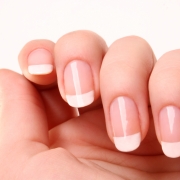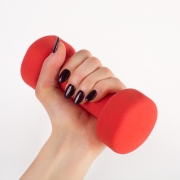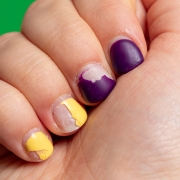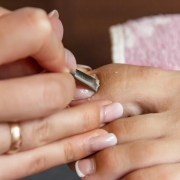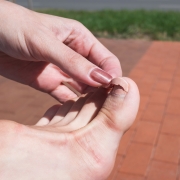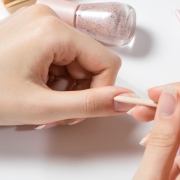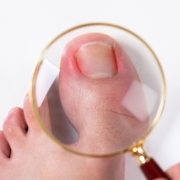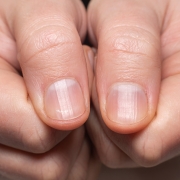Foods that make your nails strong and grow
If you want to have shiny and healthy nails, add these foods to your diet.
Egg
Eggs are rich in protein and strengthen bones, hair and nails, and are also rich in biotin, vitamin D and B12. Biotin helps strengthen nails and makes them less brittle.
Oat
Minerals such as zinc and copper are vital for making nails and hair. These minerals are also found in oatmeal.
Salmon
Salmon also has nutrients that play a role in bone strength and nail growth. In addition, it has vitamin D, which is useful for bone growth.
Beans
Beans also play a role in the growth of nails because they contain biotin. So use beans in your diet.
Sunflower seeds
Sunflower seeds
Sunflower seeds contain nutrients and minerals such as manganese and copper that increase the production of connective tissue in cartilage and bones.
Olive oil
Olive oil is one of the best natural ingredients to strengthen and grow fast nails, olive oil contains vitamin E that strengthens your nails and keeps them moist. In addition, it improves blood circulation and repairs damaged nails. Heat olive oil and apply it to the nails before going to bed, massaging gently for 5 minutes.
Alternatively, soak your nails in warm olive oil for 15 to 30 minutes to promote nail growth. Use these methods every day to get the desired result.
Coconut oil
Coconut oil is useful for healthy and beautiful nails. Coconut oil contains important nutrients that are useful for maintaining moisture, strengthening and also treating cuticle infections and nail fungus. Massage your nails and hands with coconut oil at night before going to bed.
Alternatively, combine 1/4 cup of organic coconut oil, 1/4 cup of honey, and 4 drops of rosemary essential oil, heat for about 20 seconds, then soak your nails in it for 15 minutes. Repeat these methods every night to get results.
Bitter and sweet almond oil
Almond oil in two types, bitter and sweet, is one of the home methods to strengthen nails naturally. Almond oil is a rich source of vitamin E, which, in addition to moisturizing the nails, prevents them from cracking and drying.
Pour some almond oil on your hands and massage it on your nails and hands and let the oil absorb well. Repeat this method every day for two weeks to get results.
Vaseline
Vaseline can strengthen your fingernails and toenails and make your nails firm and strong. Wash your hands with soap and water, massage some Vaseline on your nails and the whole hand, let it stay for 3 to 5 minutes, and then Wash with soap and water.
Orange juice
Orange juice is another natural ingredient that can strengthen and grow nails quickly. Orange juice contains vitamin C and folic acid, which are essential for nail growth. Soak your nails in fresh orange juice for 10 minutes, then rinse them with warm water and apply a moisturizing cream on them. Do this once a day to get the desired results.
Sour lemon
Lemons contain vitamin C, which is essential for nail growth, and fresh lemons help treat yellow nails and make your nails more beautiful. Mix one tablespoon of lemon juice and three tablespoons of olive oil. Heat it a little and then dip the nails in it for 10 minutes. In another method, massage a piece of fresh lime on your nails for 5 minutes, then wash them with warm water and apply cream on them. Apply moisturizer. Do these methods every day.
Garlic
If you apply garlic on your nails, it can make your nails grow faster. Massage a clove of fresh garlic on your nails and leave it on the nails for an hour, then wash the nails with water and apply fresh lime on them. Apply on nails.
Baking soda
Baking soda can make nails hard.
Add a spoon of baking soda to a cup of warm water and put the nails in this solution for a few minutes, then dry the nails and massage them with moisturizing cream.
Henna
Henna can strengthen and grow nails.
Soak some henna powder in water and leave it for a day, apply henna on the nails using a cotton swab and leave it for 15 to 30 minutes, then wash it off and apply moisturizing cream on the nails.
Henna may change the color of the nails, but it also strengthens the nails and makes them grow faster.
MILK
Due to the presence of vitamins and minerals, milk can help to strengthen and grow nails quickly. Heat some milk and soak the nails in it for 10 minutes, then wash with warm water. This will make the color of the nails brighter and strengthens them.




